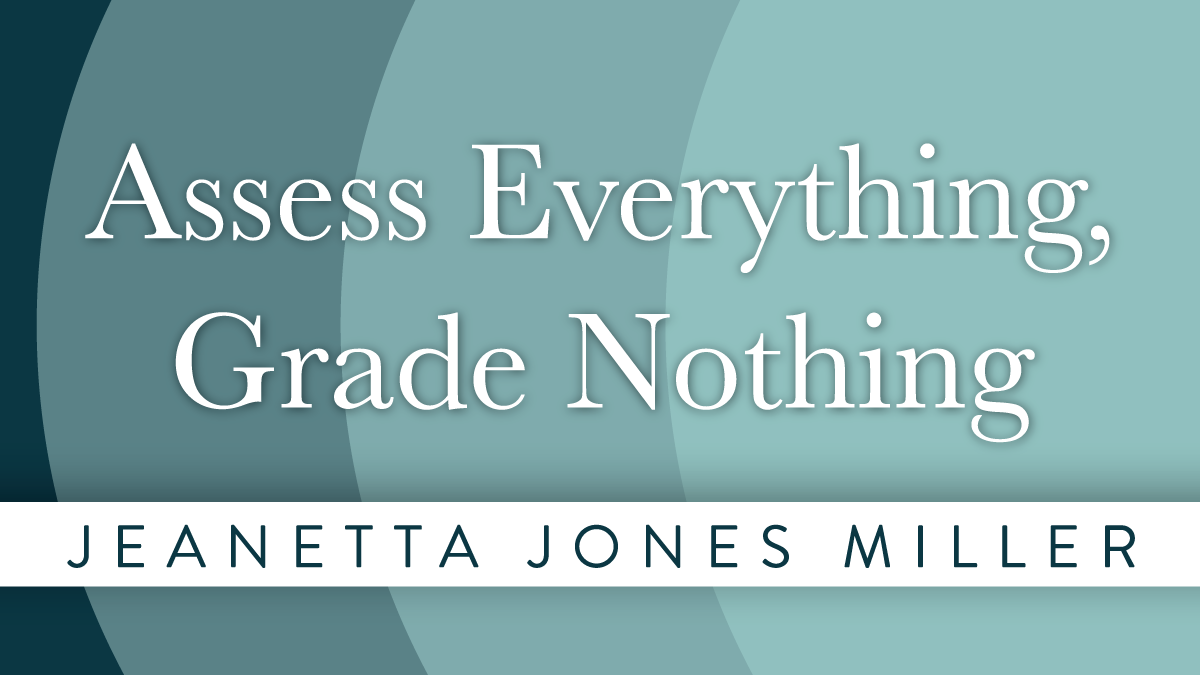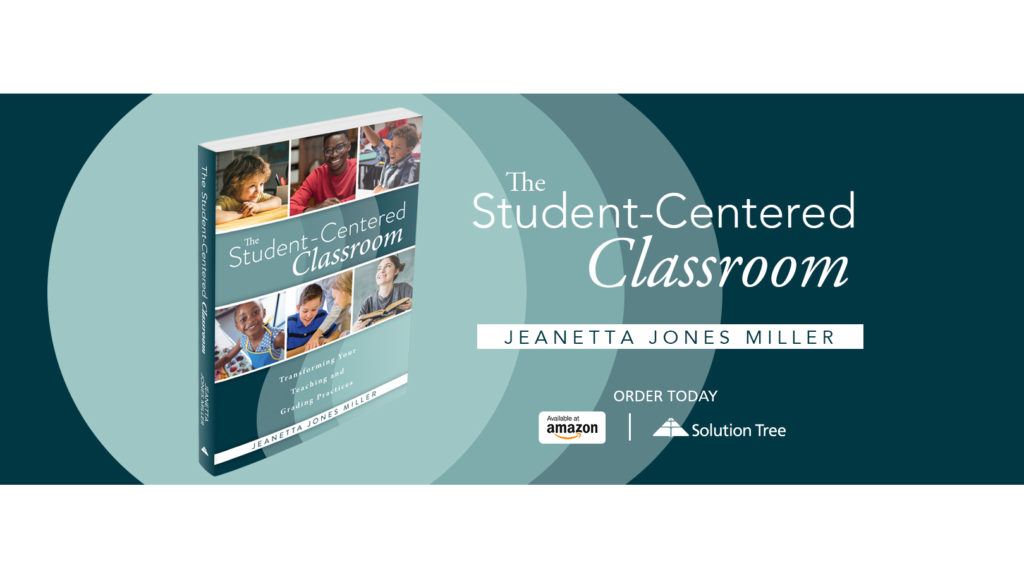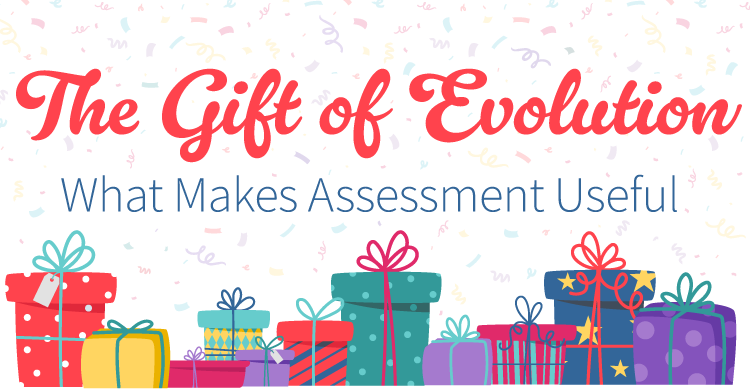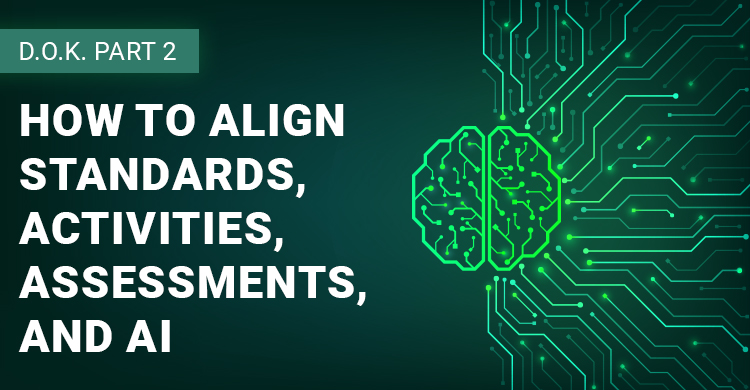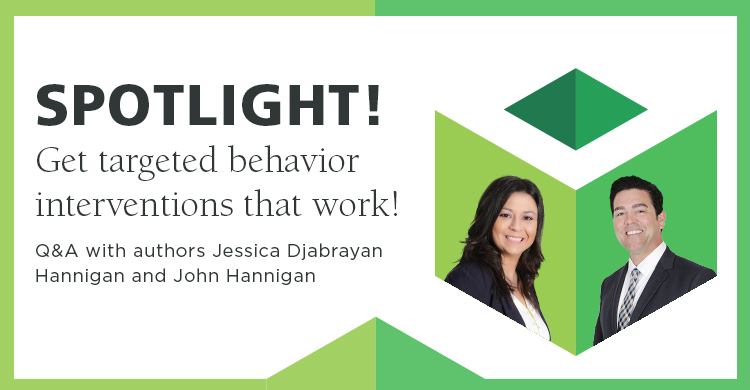Based on The Student-Centered Classroom
“Let all parties know that all activities are assessed all the time, but don’t ever give the impression that the assessment is intended for anything but help and encouragement.”
—James Moffett and Betty Jane Wagner (1992)
Across the nation, students stayed home for the spring semester of 2020, as parents and educators rushed to come up with ad hoc programs to keep school going at home and online.
For some students, learning at home has been a relief from the distractions of classrooms, hallways, and playgrounds, allowing them to thrive. For others, it has been a discouraging struggle to find substitutes for the resources, staff, and routines of school. In an April 30 report for the Education section of the Washington Post, Samantha Schmidt and Hannah Natanson proposed that numbers of child neglect and abuse incidents dropped during the spring semester because they weren’t reported, rather than because they weren’t happening.
For many students, the combination of homeschooling and learning online worked well enough to maintain some level of progress toward school goals, but fell woefully short in providing the peer contact, sports, and other extracurricular activities they used to be able to take for granted.
According to a June 29 NPR segment by Anya Kamenetz, US pediatricians are calling for in-person school this fall to meet physical and emotional needs, as well as to provide resources that just aren’t available at home. In many school districts, students are, for the first time, being given options about the format of their school experience. Some may continue with homeschooling and online learning. Some may experience a hybrid program, with participation in some aspects of school combined with home and online instruction.
Are grades necessary?
The continuum on which each student’s unique experience falls has always been broad, and this spring, it became much broader. As educators prepare for the fall semester, it seems likely that learning will continue to diversify, and that grading students who are doing different things in different ways at different times will continue to be a challenge.
For the spring semester, students in some districts had the opportunity to choose letter/number grades or pass/fail, and there has been increased discussion of whether or not grades are even necessary. As just one example, this question was raised in a June 25 op-ed piece for The New York Times by education professor Jack Schneider. He concluded that grades do more harm than good, and that we could get along without them very well.
Do parents want grades?
Grades are such an entrenched aspect of school that the possibility of getting along without them might seem unnerving to educators who believe that wanting good grades motivates many of their students to complete assignments. How would students know how they are doing in school if they didn’t receive grades on their work? And how would teachers report their progress to parents if we didn’t have grades?
Research by Marco A. Munoz and Thomas R. Guskey (2015, 2017) and Tom Schimmer (2016) strongly suggests that it’s time to stop making parents accessory to a system many parents have come to feel is detrimental to their school-age children. Parents who have been homeschooling are in a position to understand that what their children need is feedback on their work, not grades. Grades derail the learning process; feedback keeps it moving forward. Grades take up a lot of time that could be better used giving students feedback: talking about their interests and setting relevant goals, looking at their work and offering suggestions, sitting with them to discuss progress over time.
How will students know how they’re doing?
The adult in the living room or classroom, or on Zoom, is not the only possible source of feedback. Feedback can come from at least three sources, and it doesn’t matter whether the feedback is delivered at school, at home, or online.
- Caring adults: Teachers and parents can help students with goal-setting and participate in conversations about problems and progress. Students need access to caring adults who will listen, make suggestions, and maintain a log of issues, decisions, and next steps.
- Peers: Suggestions and encouragement can come from peers one-on-one and in collaborative groups that serve two purposes; not only do students have a chance to share their work in progress, they also have opportunities to become aware of how others tackle a similar project.
- The student: One of the best sources of information about how a student is doing is the student. Students of all ages have an underappreciated capacity to be aware of their strengths and needs. This important source of feedback can be formalized with a portfolio in which student work is collected, reflective writing about how things are going, and a chart of progress toward achievement of learning goals.
What about honor roll, GPA, and transcripts?
If nothing is graded, how do students earn honor roll, get GPAs and transcripts, and ultimately apply for college?
First of all, colleges are adapting rapidly to current circumstances, in part because many of them have already realized that sorting students with grades and test scores runs counter to their goal of admitting a diverse student body that will benefit from college-level study and contribute to the intellectual and innovative life of the college.
Colleges are well on the way to being able to get along without grades. But if grades remain necessary in some form, they don’t have to come from graded assignments. Instead, grades can be generated from the student’s progress toward achievement of learning goals.
How can we shift the focus from assignment grades to achievement of goals?
Instead of averaging grades on homework, quizzes, tests, and projects—the work students do in order to practice skills that will help them achieve learning goals—we can go straight to the learning goals themselves. Instead of focusing on what students are doing, we can focus on why they are doing it.
Then we can sit down with the student, look over the student’s work, and discuss what the work shows about progress toward achievement of goals such as these:
- Selecting mathematical strategies such as estimation and measurement to solve a real-world problem.
- Using writing to develop and clearly express ideas generated by reading, research, and personal experience.
- Demonstrating grade-appropriate acknowledgment of primary and secondary sources.
- Following the steps of the scientific method to learn about a local ecosystem.
- Making purposeful use of eye contact, stance, and demeanor to engage an audience, whether in person or online.
- Dealing positively with praise, setbacks, and criticism.
- Being open and responsive to new and diverse perspectives.
The student’s collected work provides evidence of progress over time that makes it possible to look at the totality of what the student has done and agree on numbers that represent the student’s demonstrated progress toward achievement of learning goals:
- 10 = I have mastered this goal
- 9 = I can do this mostly on my own
- 8 = I made some progress toward achieving this goal
- 7 = I can do this with feedback and support
- ?? = I have not had an opportunity to work on this goal
What are the benefits of assessing progress toward goals?
Knowing how a student is doing on important learning goals is more useful to all parties concerned than what the average grade was on a marking period’s worth of assignments.
Even more important, this kind of partnership between students and adults creates the conditions under which students feel respected and trusted to engage deeply in their own learning. In my own experience as a teacher, giving students a seat at the table where goal-setting and assessment take place is transformative for everyone.
When we work together on shared goals, even when the going is hard, there is much joy to be found.
References
Kamenetz, A. (2020, June 29). “U.S. pediatricians call for in-person school this fall.” NPR.
Accessed at https://www.npr.org/sections/coronavirus-live-updates/2020/06/29/884638999/u-s-pediatricians-call-for-in-person-school-this-fall on July 6, 2020.
Moffett, J., & Wagner, B. J. (1992). Student-centered language arts, K–12. (4th ed.). Portsmouth, NH: Boynton/Cook.
Munoz, M. A. & Guskey, T. R. (2015). “Standards-Based Grading Will Improve Education,” Kappan, April 2015, pp. 64-68. Accessed at tguskey.com/articles on May 8, 2020.
Schimmer, T. (2019) Tom Schimmer joins Justin Baeder to discuss his book, Grading From the Inside Out: Bringing Accuracy to Student Assessment Through a Standards-Based Mindset. Principal Center Radio Podcast. Accessed at https://www.podbean.com/ew/pb-siprd-db7c8f on May 8, 2020.
Schmidt, S. and Natanson, H. (2020, April 30). “With kids stuck at home, ER doctors see more severe cases of child abuse,” Washington Post. Accessed at https://www.washingtonpost.com/education/2020/04/30/child-abuse-reports-coronavirus/ on July 6, 2020.
Schneider, J. (2020, June 25). “Pass-Fail Raises the Question: What’s the Point of Grades?” The New York Times. Accessed at https://www.nytimes.com/2020/06/25/opinion/coronavirus-school-grades.html on July 6, 2020.
[author_bio id=”2997″]


